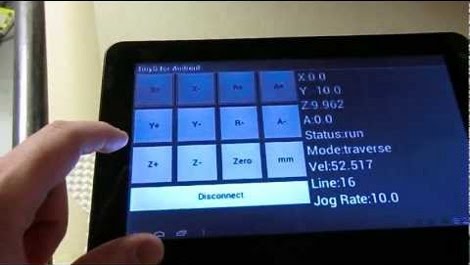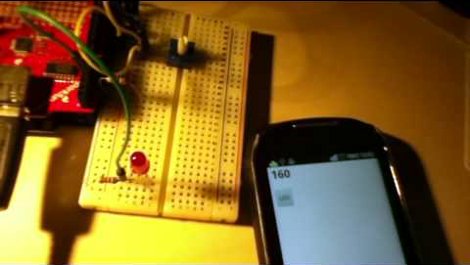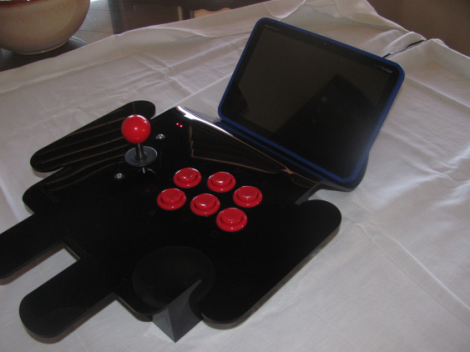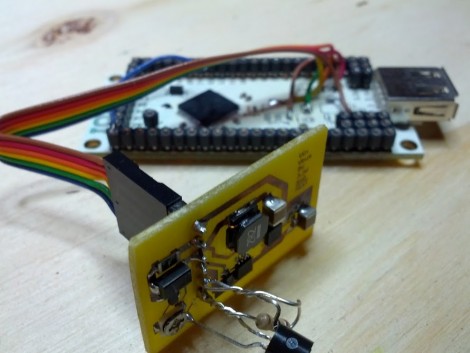
This scooter starts right up with a shake of your Android device. This shake must be done from front-to-back, because a side-to-side shake is reserved for unlocking the saddle ([Brad] stores his helmet within).
Connectivity is facilitated over Bluetooth, with a rocker switch near the left handle bar to disable the receiver so that you don’t run down the battery. You can see the locking panel hanging open on the front portion of the scooter. Inside he installed the driver board which patches into the ignition system and drives a solenoid for the seat latch. It sounds like the latching mechanism used a bowden cable whose handle was inside that locking panel. By adding a solenoid and generously lubricating the cable he managed to get it functioning from the driver board.
Check out the video after the break for a proper demonstration. The phone is running a Python script via SL4A, which takes care of the user interface.
















